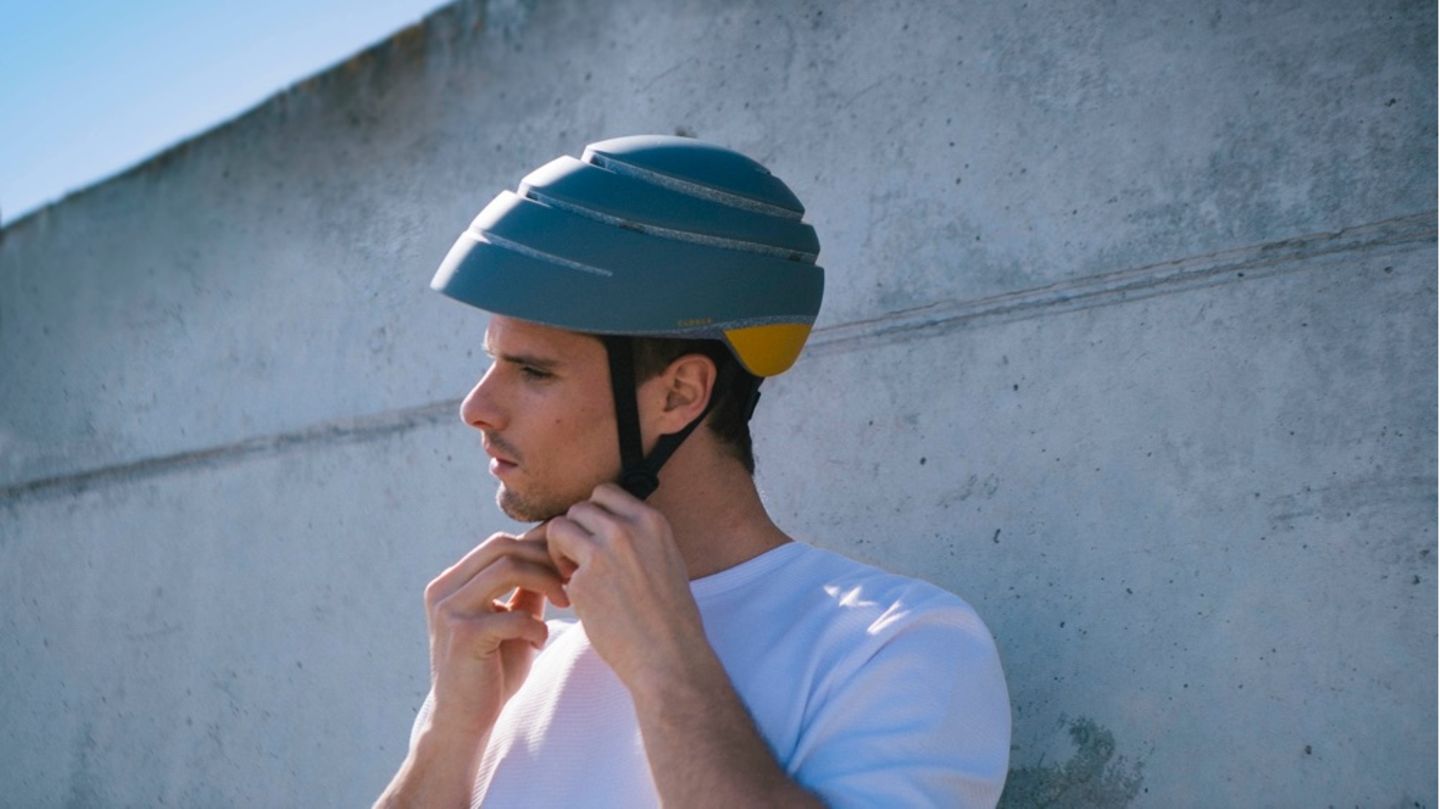Anyone who is out and about in the disaster areas often has no cell phone connection. This is because some radio stations are still inactive. The mobile phone does not connect to antennas from other providers.
With a view to dead spots in the storm areas in North Rhine-Westphalia and Rhineland-Palatinate, the mobile operator Vodafone has proposed that the telecommunications industry open its networks.
“We would be ready for it,” said a Vodafone spokesman in Düsseldorf. That would mean that customers of the competition would be connected to the Vodafone network if their provider does not have working antennas within range. For this network opening, however, Vodafone set one condition: “All three network operators need to work together to enable effective regional roaming for people in the crisis area.”
Spokespeople for the other two network operators, Deutsche Telekom and Telefónica (o2), were cautious. One stands in exchange with the other network operators and discusses “what is technically possible and useful to help the local people as quickly as possible,” said a Telekom spokesman. Telefónica made a similar statement. The priority is to rebuild their own systems – the technicians from the three network operators have been out and about in the disaster areas for days and are working hard to improve their networks.
There are also talks about roaming between the companies. According to circles of participants, however, it is completely open whether such discussions will lead to success. Telefónica said that “the very complex and time-consuming implementation” of roaming could only be “implemented jointly by all network operators” in the disaster areas.
There is a consensus in the industry: If one of the three network operators opens its network, the other two would have to do the same. Because if the competition didn’t do it, his network would be threatened with overload. The antennas are geared towards the needs of the respective network operator, says the Telekom spokesman. “If three times as many customers were to access an antenna at once, this antenna would no longer offer sufficient capacity.” The networks are not designed for this.
The spokesman for the Bonn group doubts whether such a short-term disaster area roaming would bring any great improvement. Because if a place is devastated and the power supply there is still not working or if cable routes over bridges are destroyed, then it affects all providers equally, he said.
It is clear that such a disaster area roaming would be technically demanding and would take time – simply pulling the lever is not an option. Several hundred mobile phone stations went offline as a result of the storm, but most of them are back in operation. According to the network operators, the reconstruction of the stations is making great progress. Against this background, the proposal for disaster area roaming will probably soon be over. Even the Vodafone spokesman, who ventured the most on the subject and explicitly promised the opening of the Vodafone network, says: “The repairs are progressing quickly with all providers, so it is questionable whether roaming will then be activated will still deliver added value. “
Jane Stock is a technology author, who has written for 24 Hours World. She writes about the latest in technology news and trends, and is always on the lookout for new and innovative ways to improve his audience’s experience.




